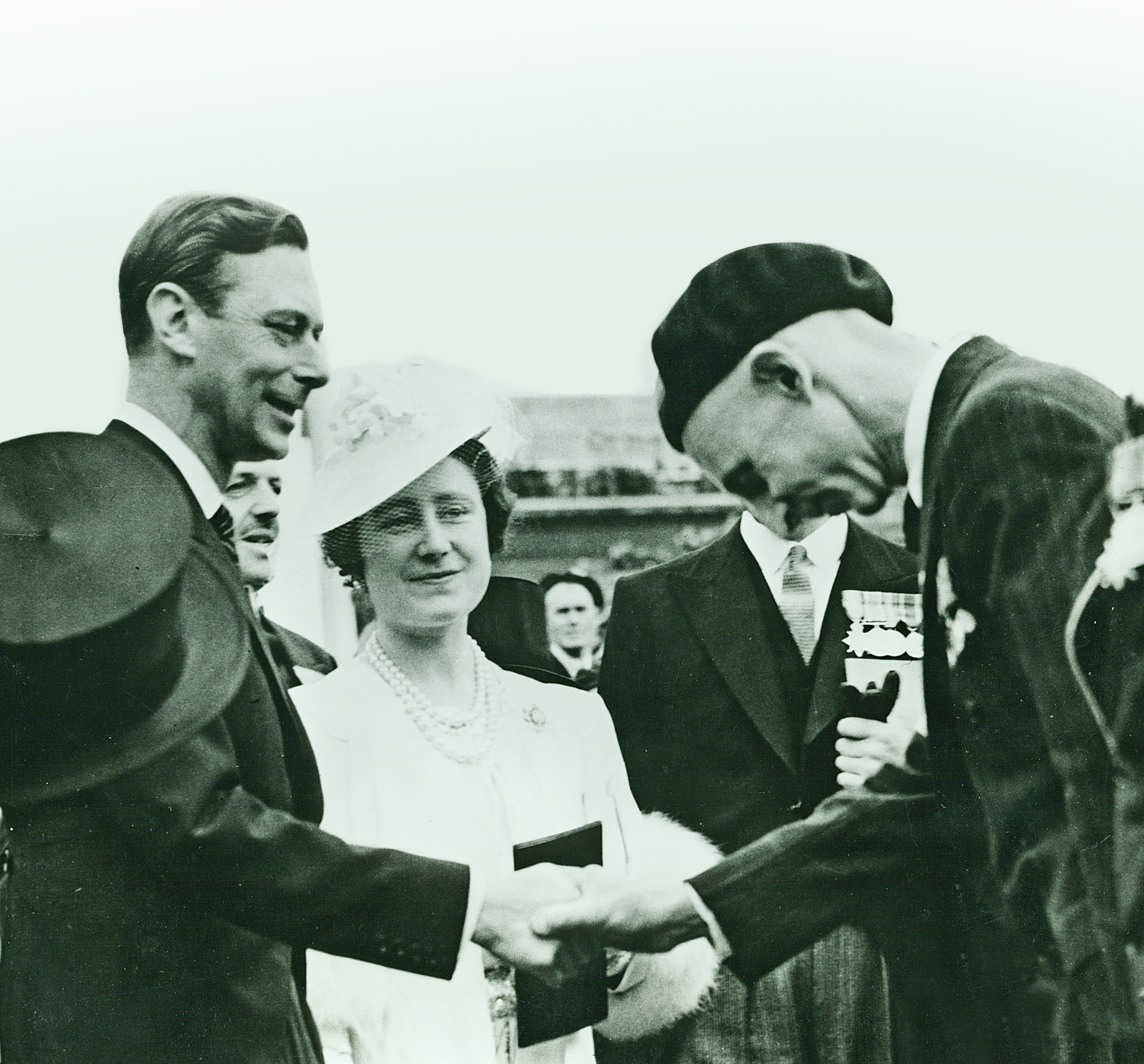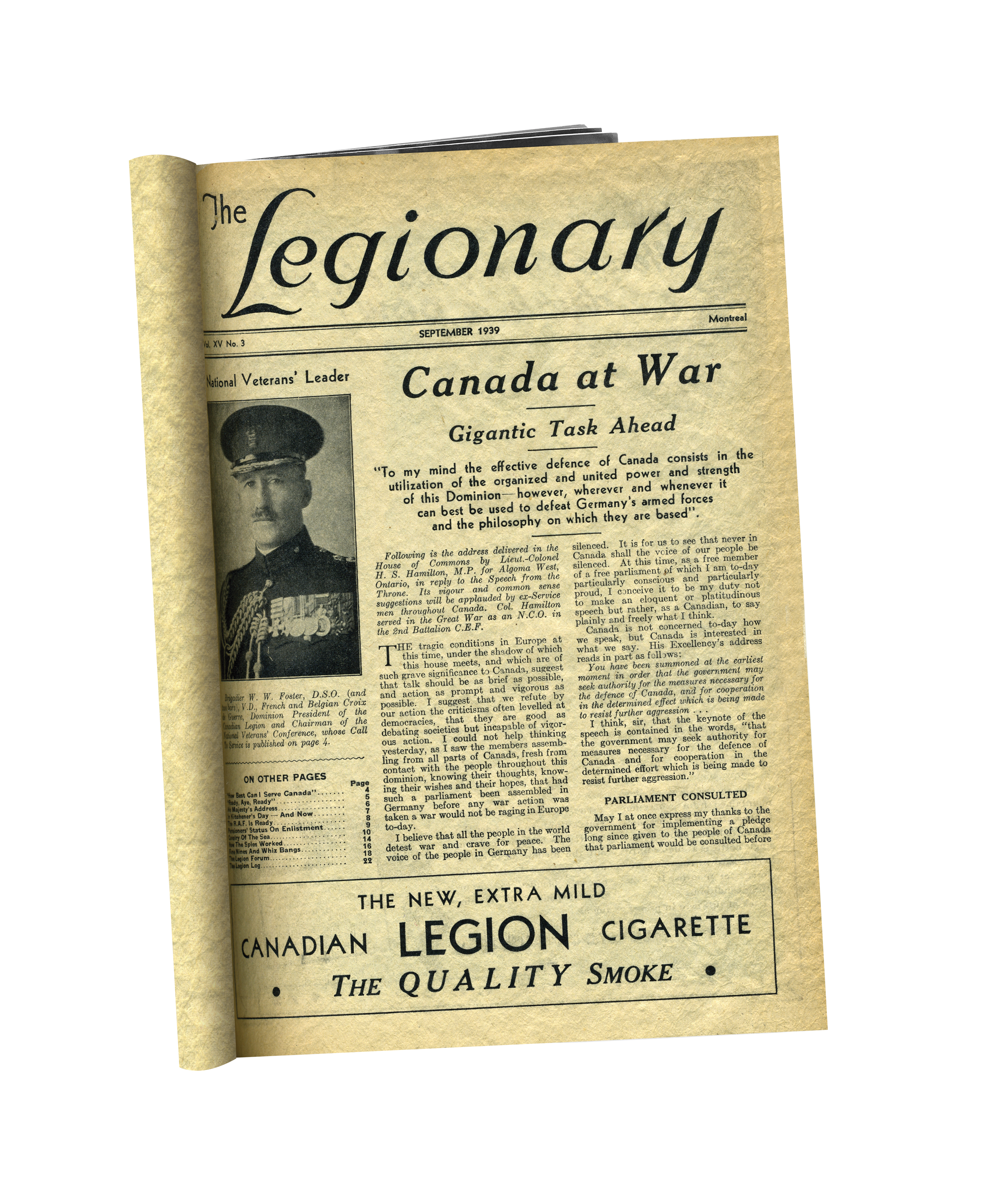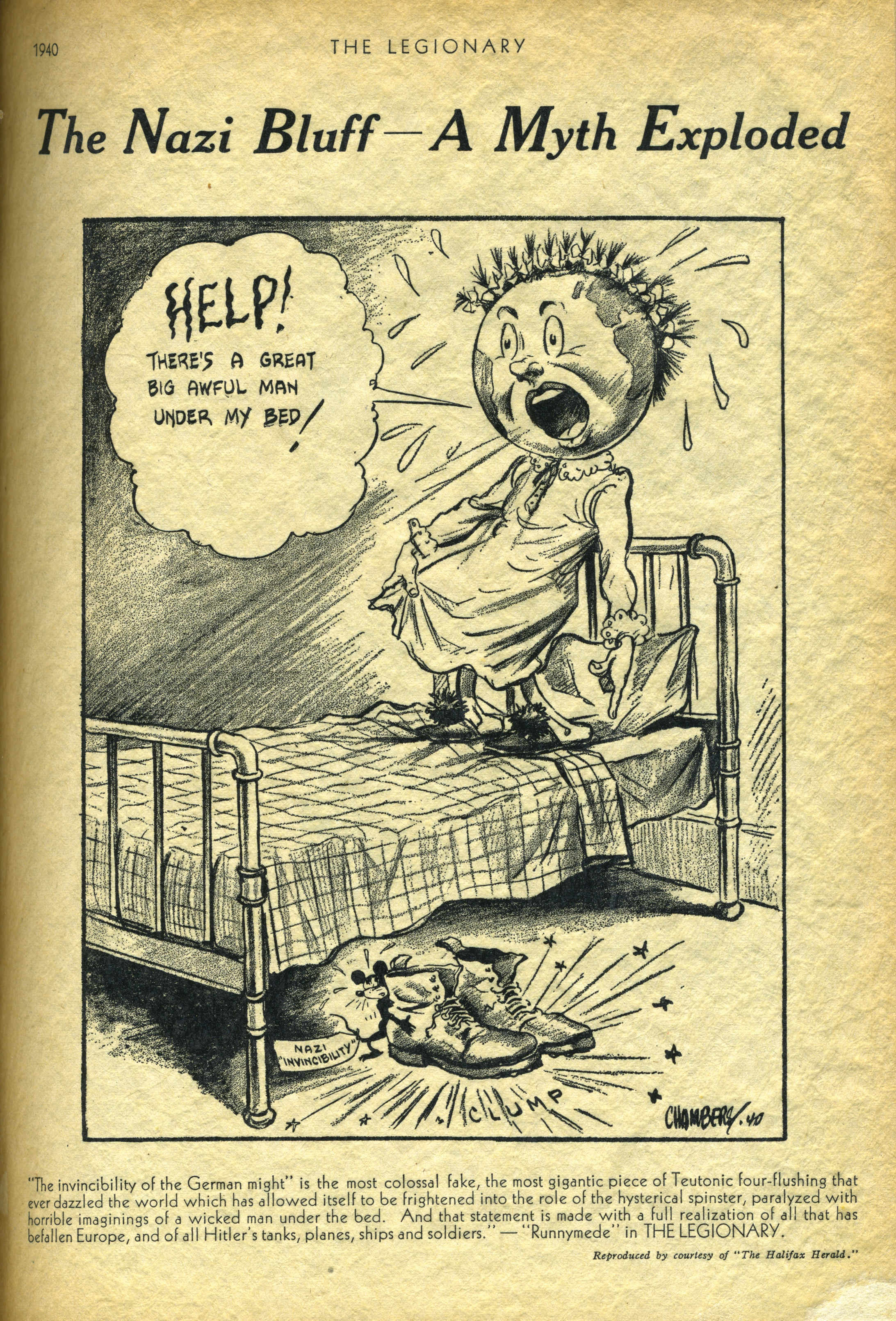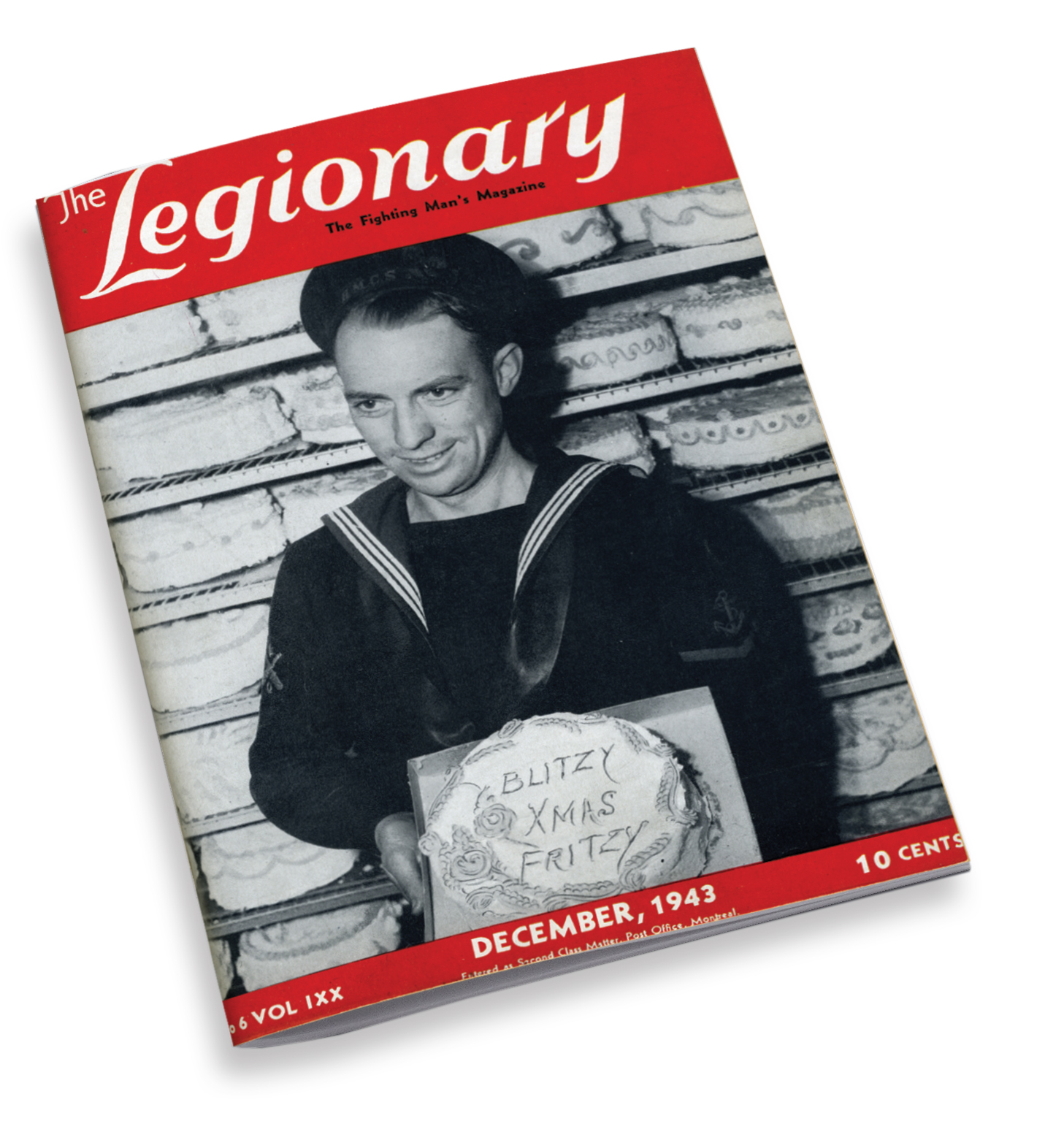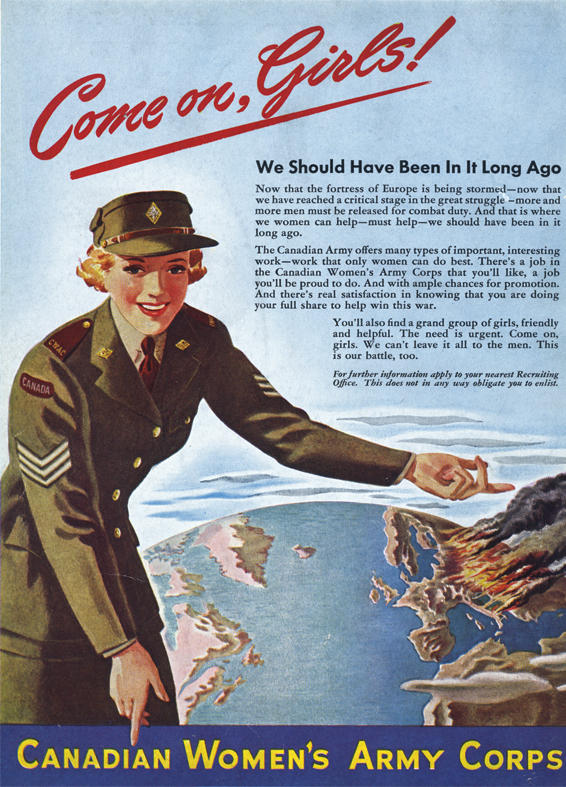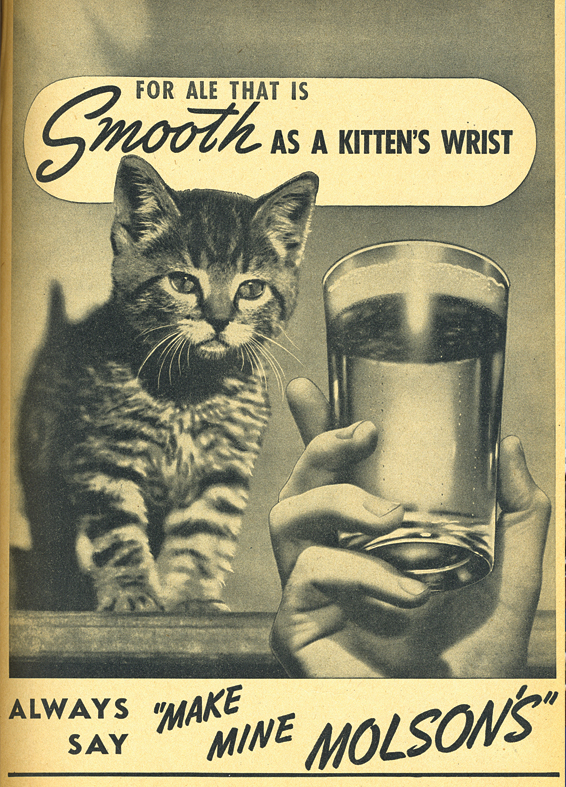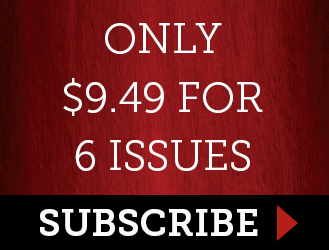Second in a six-part series looking back at 90 years of
The Legionary and Legion Magazine
The royal visit of George VI and Queen Elizabeth boosted spirits in 1939, but even then there were ominous tones. As The Legionary said in an editorial welcoming the royal couple, “In the event of Great Britain being at war, Canadians would leave no stone unturned to render every atom of assistance possible.”
By September, the war was declared and, unlike in the First World War, Canada made its own decision to join the fight. Dominion President W.W. Foster pledged the Legion’s wholehearted support and the Legion immediately began to form the Canadian Legion War Services Inc. and the Canadian Legion Educational Services.
The Legionary also went on a war footing, keeping its readers apprised of military actions throughout the world through a monthly column called “The War in Review.”
In July 1940, The Legionary ran an essay entitled “The Nazi Bluff.” The writer, known only as Runnymede, wrote: “The ‘invincibility of the German might’ is the most colossal fake, the most gigantic piece of Teutonic four-flushing that ever dazzled a world which has allowed itself to be frightened into the role of the hysterical spinster, paralyzed with horrible imaginings of a wicked man under the bed.” The essay was turned into a pamphlet of which Dominion Command printed and distributed 70,000 copies.
In late 1942, the Board of Trustees of the magazine turned what could have been a disaster into an opportunity. The federal government decided to ban beer and liquor advertising “in the interests of wartime sobriety and economy.” Rather than cease publication, the trustees decided to raise the subscription rate from 50 cents to $1 a year. The extra revenue would allow the magazine to put on a heavy glossy cover and add four more pages of editorial content.
Throughout the war, The Legionary was on the forefront of explaining the conflict to readers with first-hand accounts from those serving in Britain, reprints from the daily press covering the front lines, and vivid use of war photography that was available through official channels.
Advertisers
Wartime advertising ranged from home movies and beer to recruitment.
Keep informed on all matters involving military history.
Advertisement









